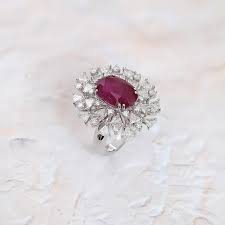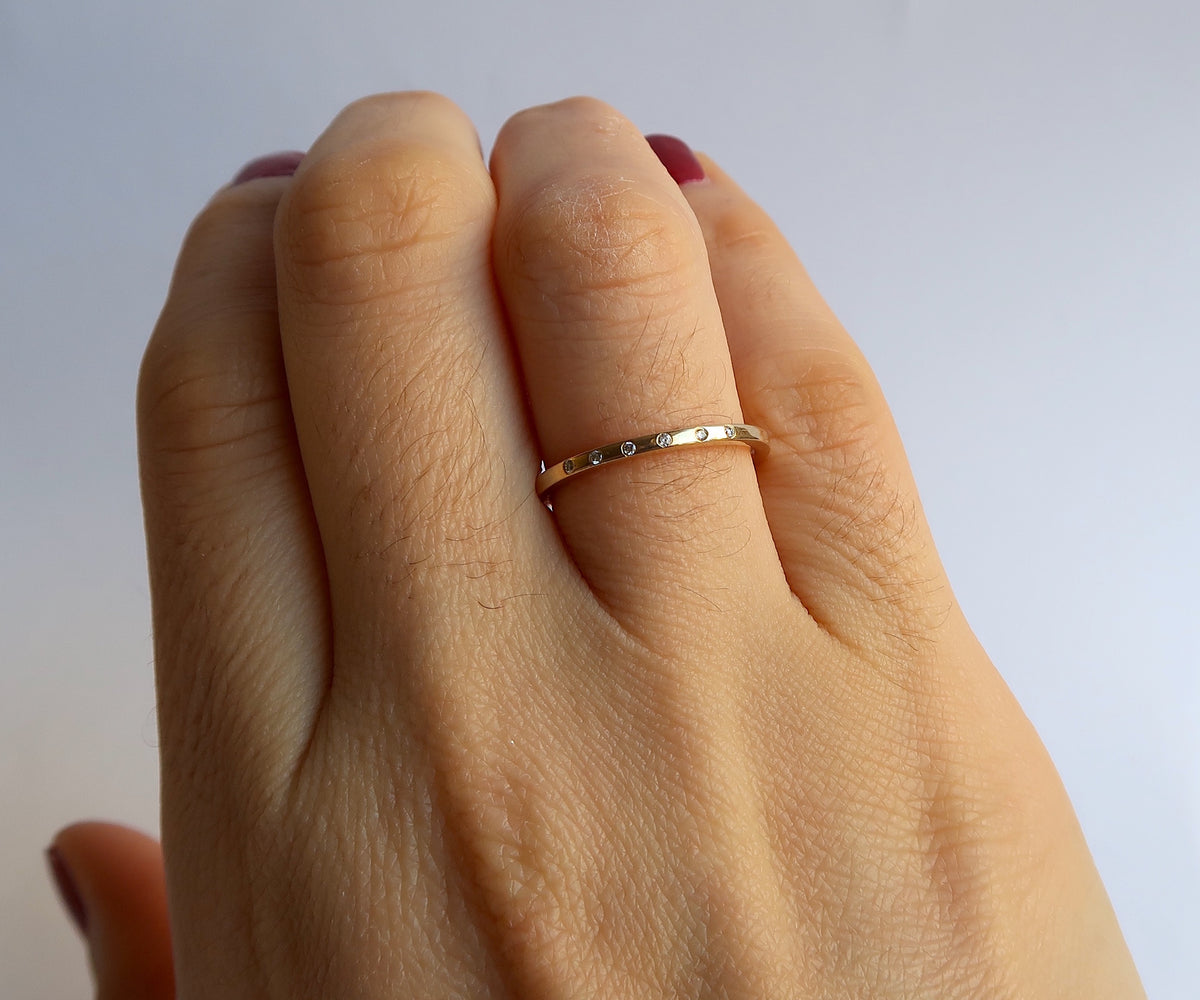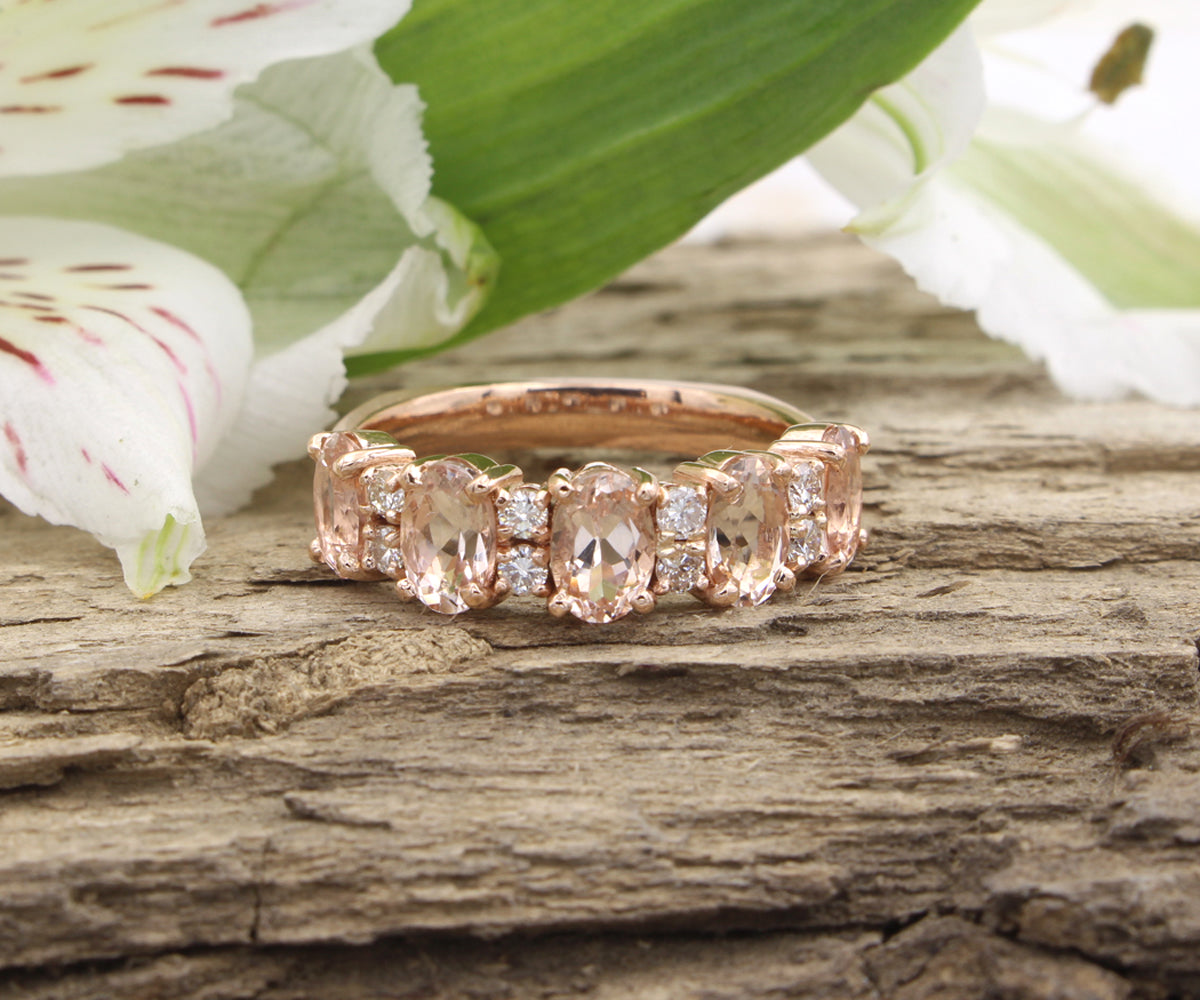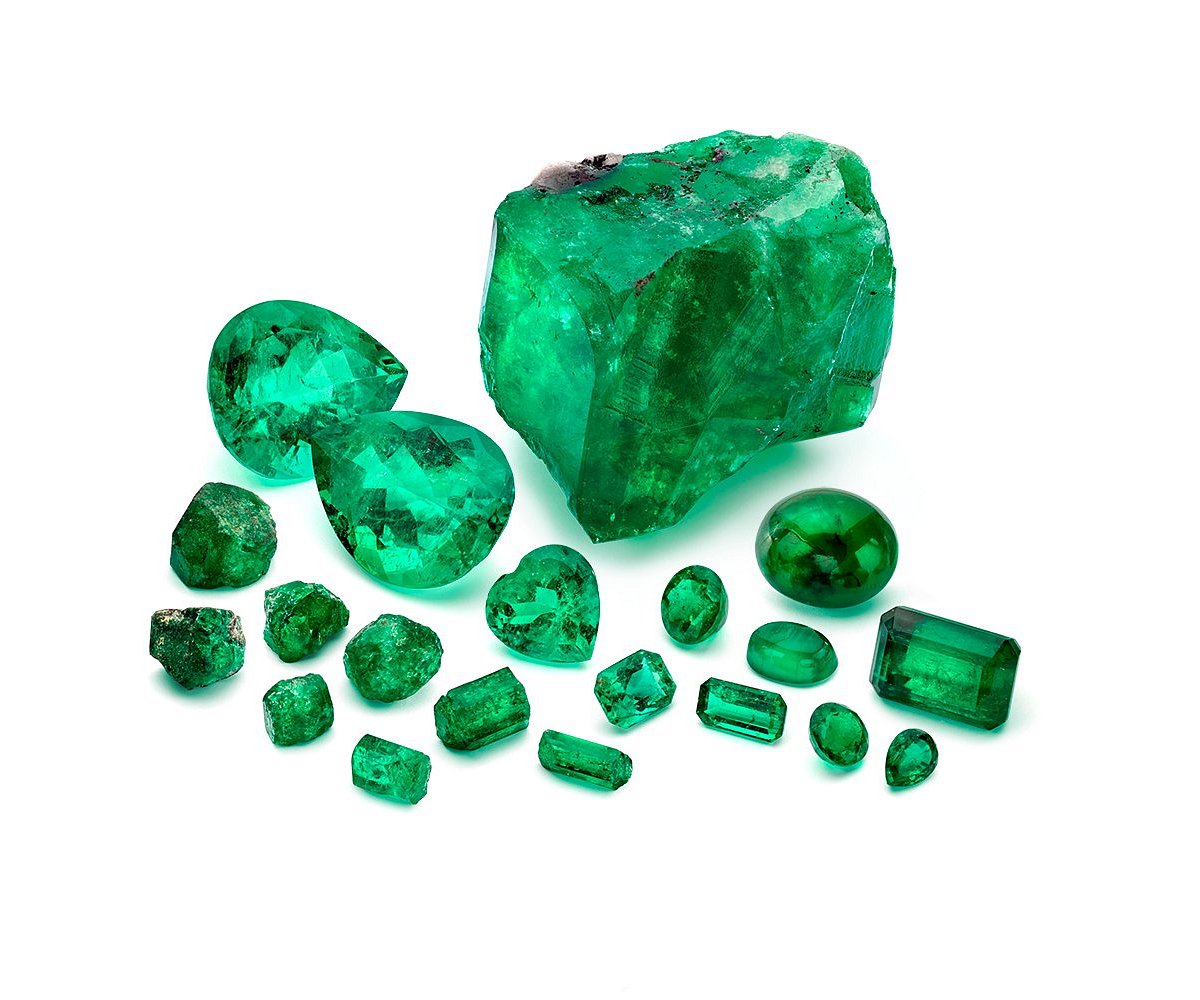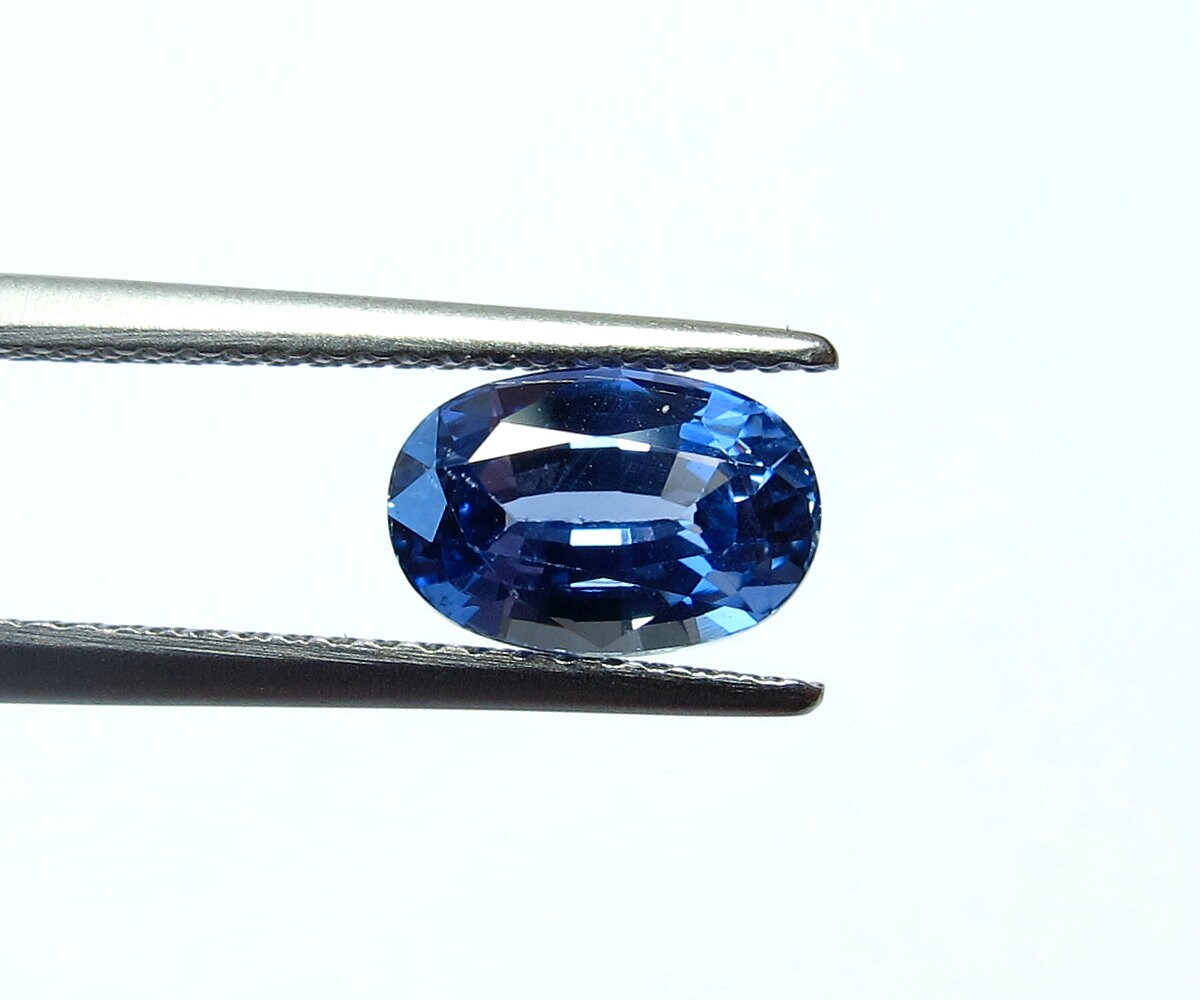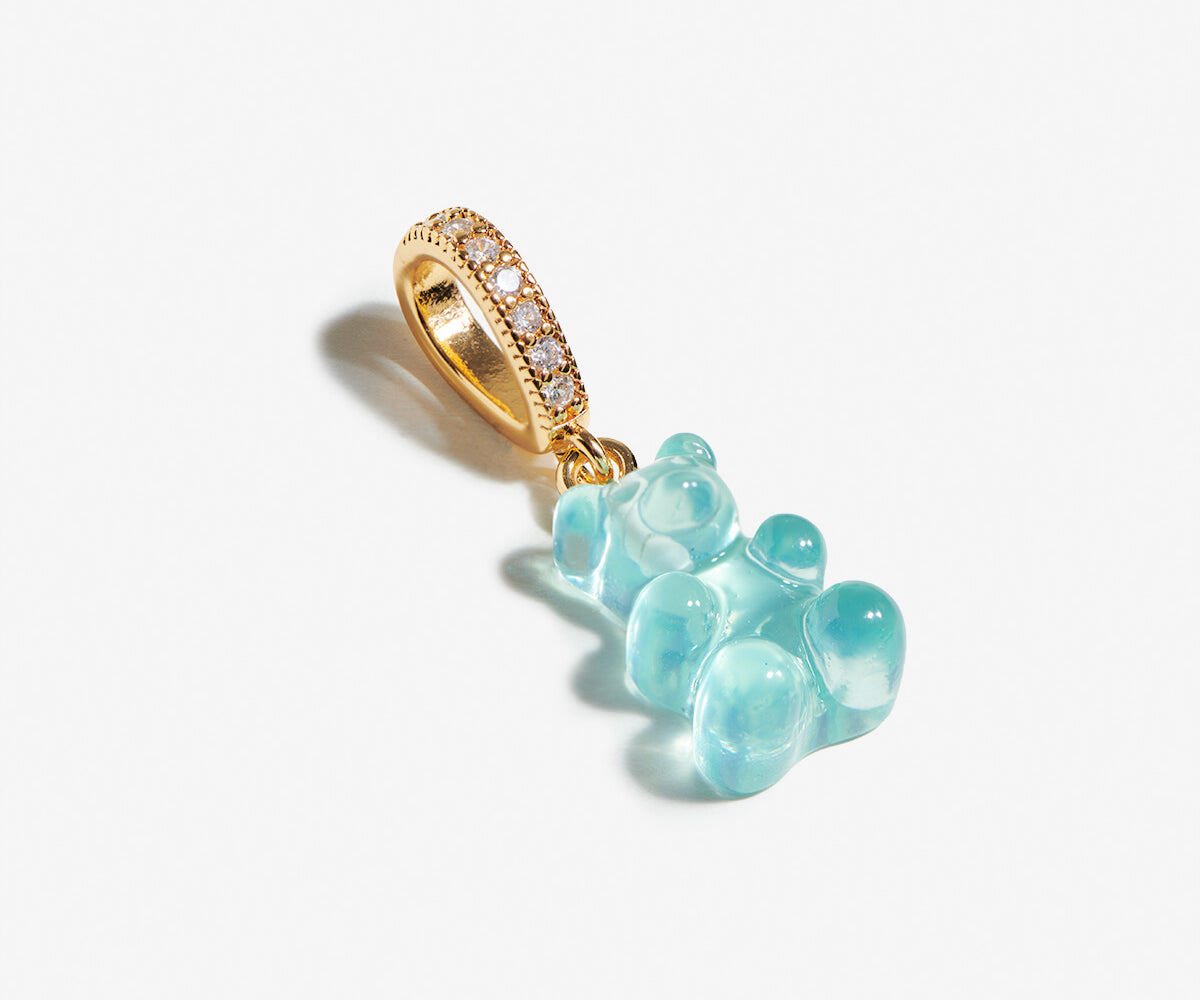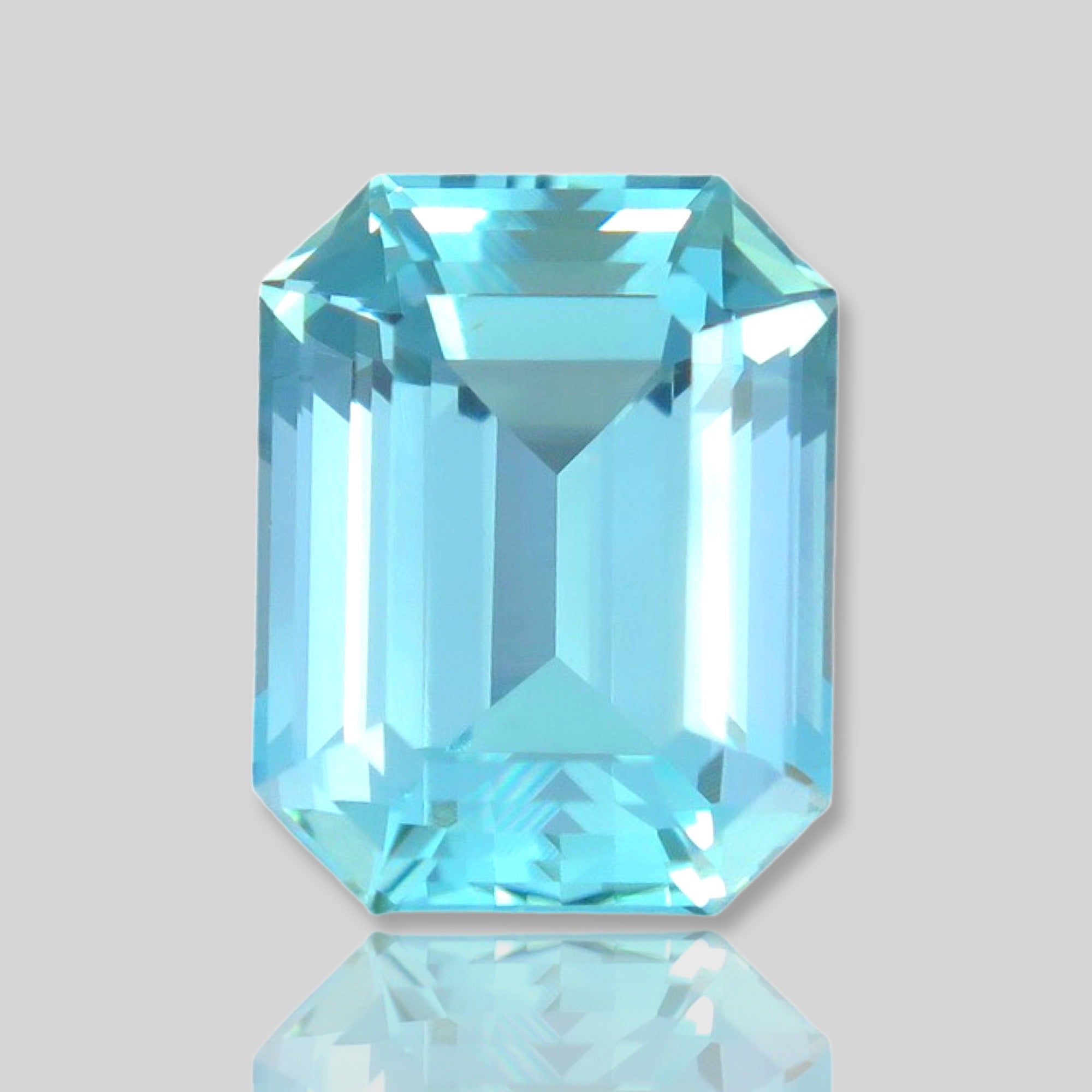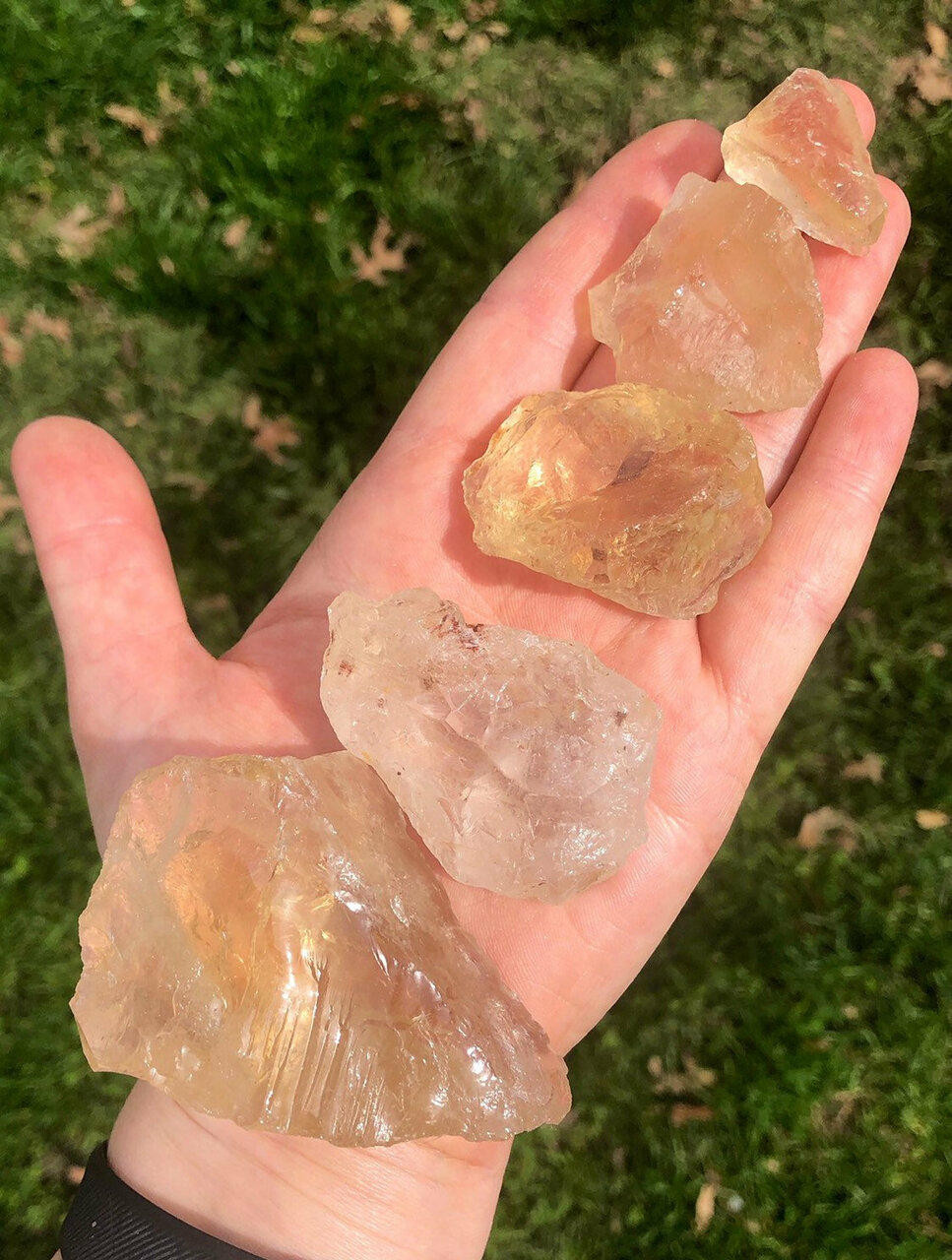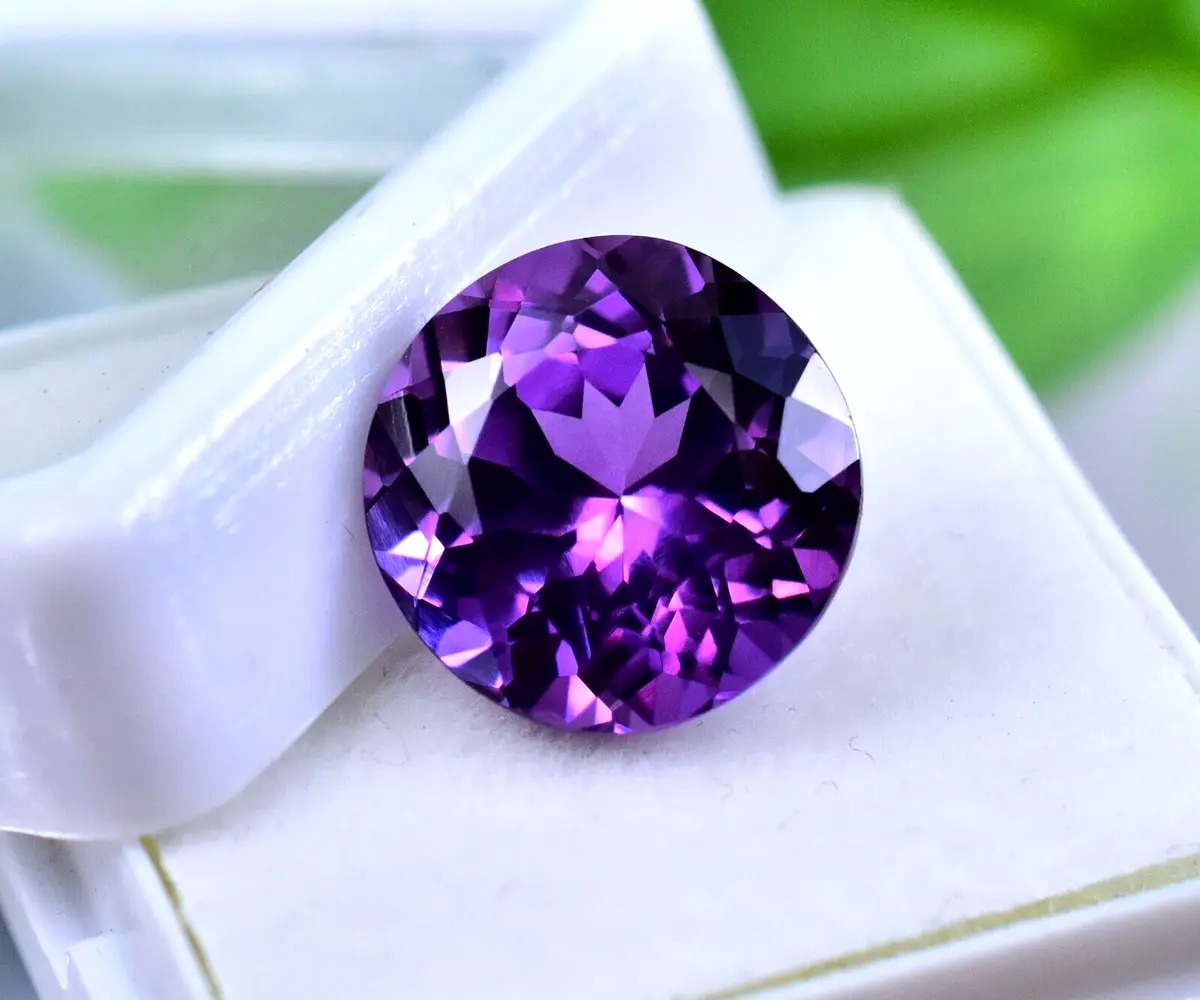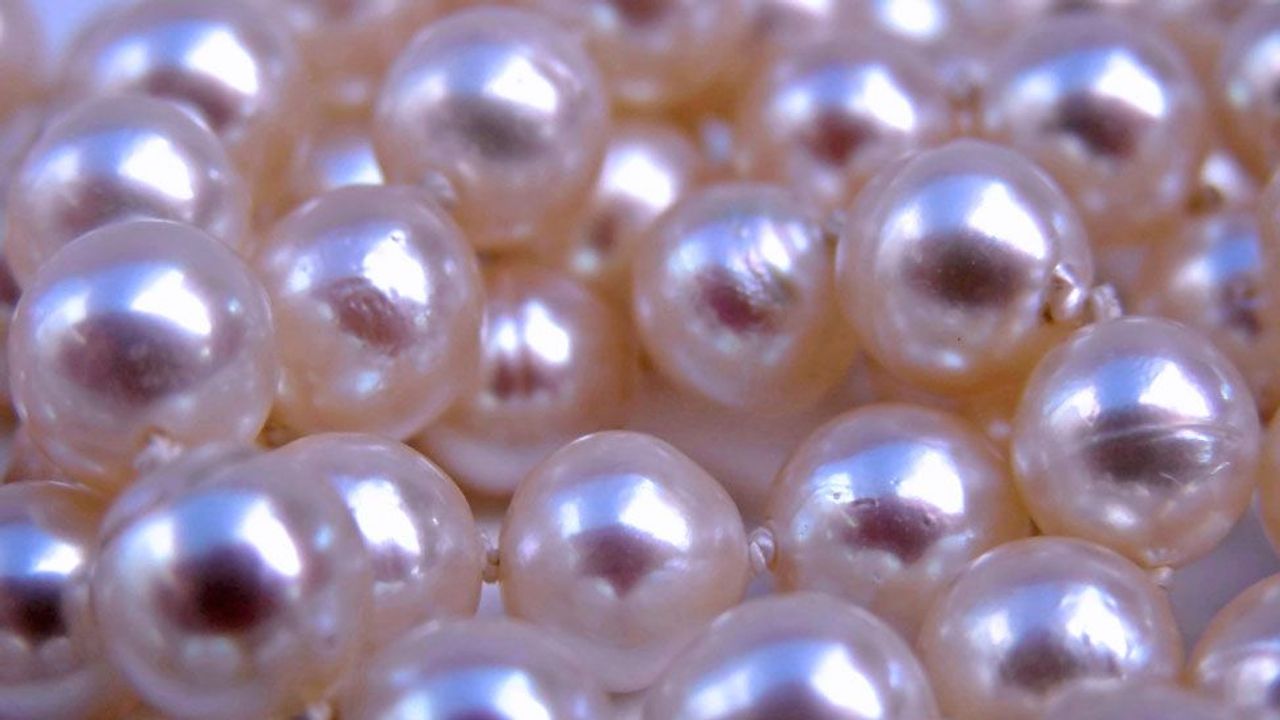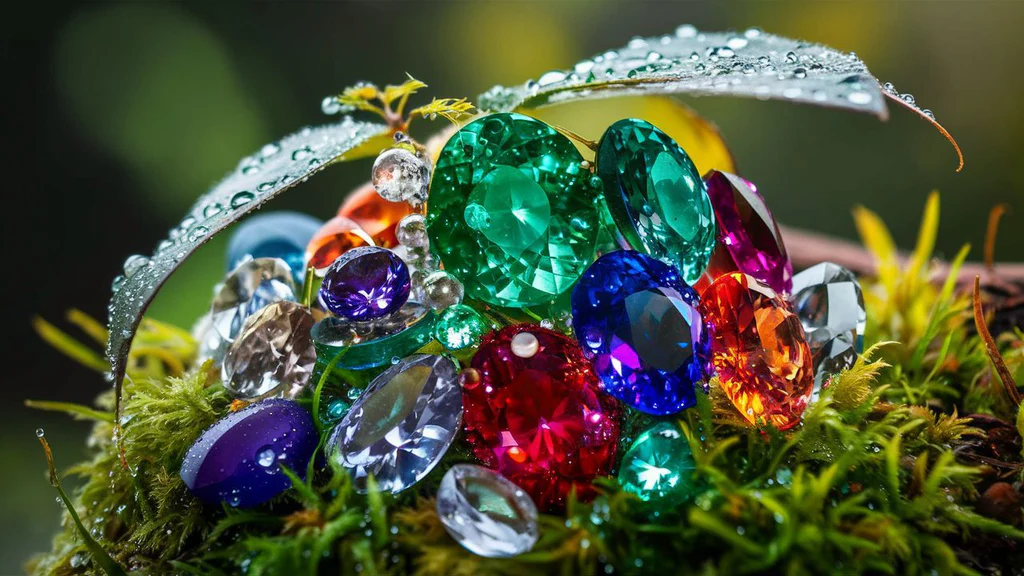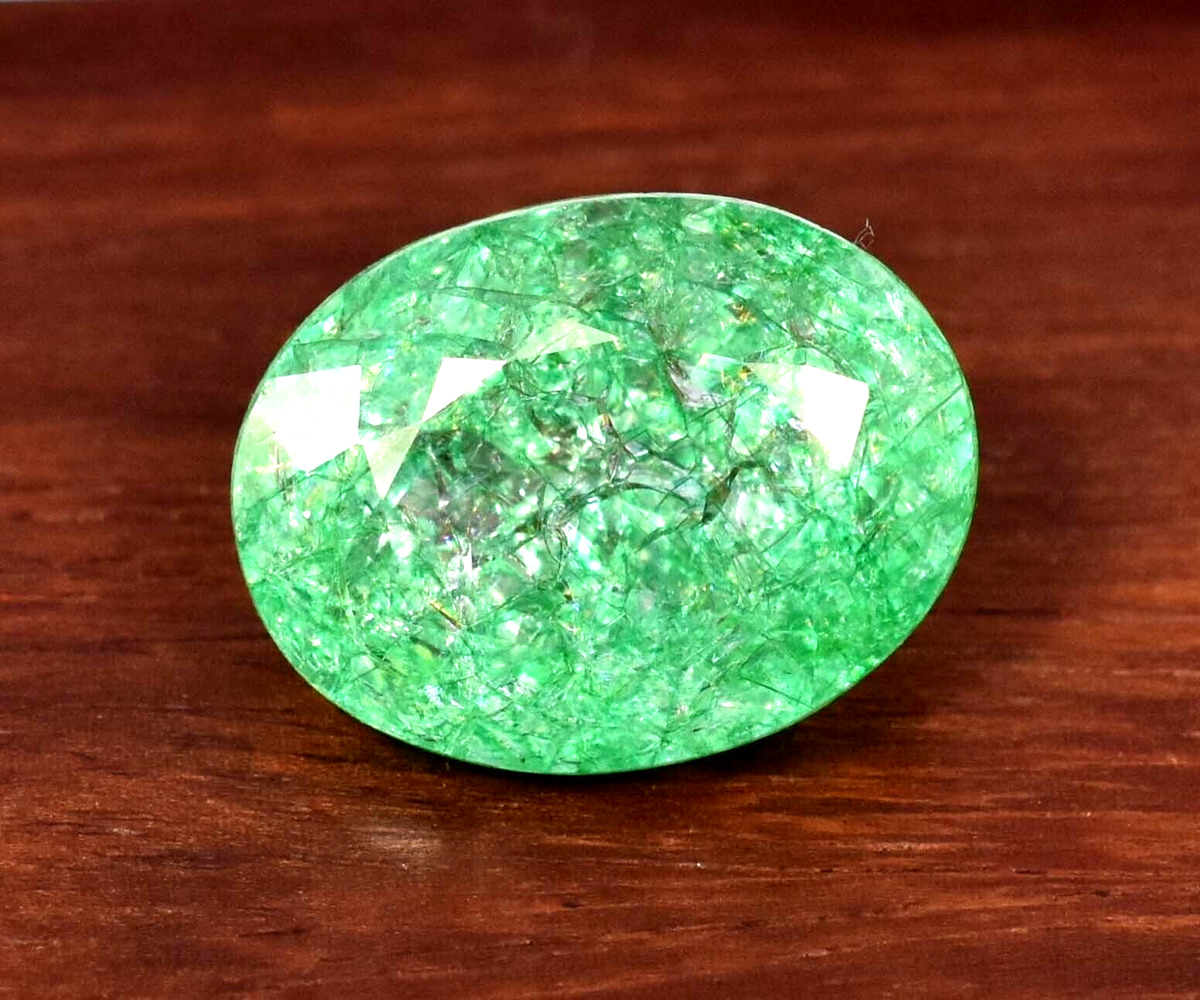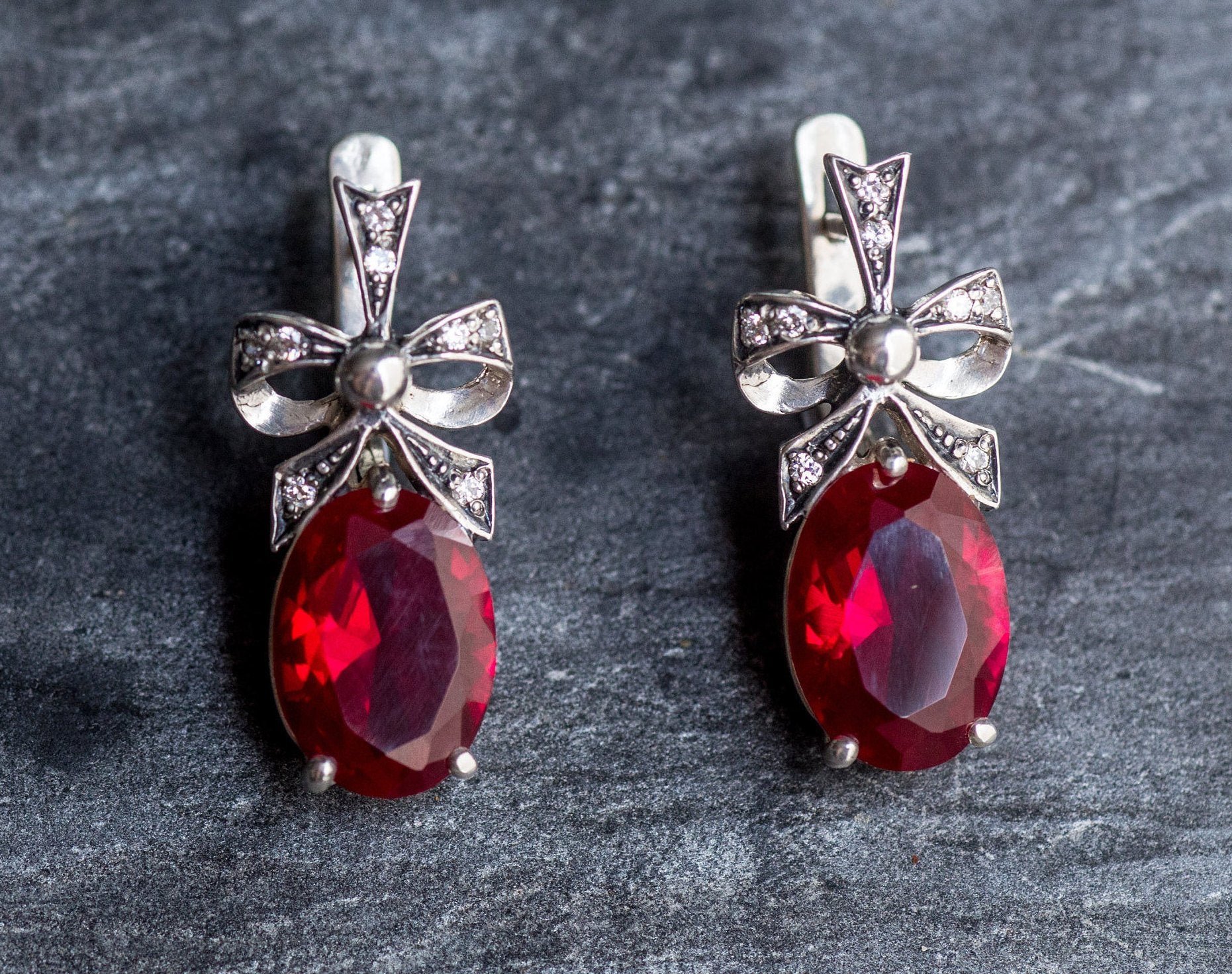
The intersection of luxury, innovation, and environmental responsibility is gaining prominence in today's global marketplace. The use of gemstones in environmentally friendly and sustainable product developmentis an emerging trend that not only caters to the aesthetics of consumers but also addresses pressing ecological concerns.
This article delves into the multifaceted aspects of incorporating gemstonesinto sustainable practices, exploring how the industry is evolving to meet the demands of conscious consumers.
What Is An Environmentally Friendly Product?
Environmentally friendly products are those that target the market and are designed to have a low effect on the environment. Their development process takes environmental implications into account at every stage of the product's life cycle, and their manufacturing is closely tied to this process.
What Are Gemstones?
A gem is a stone that is regarded as valuable or semi-precious, especially when it is polished or cut. Stones that have come to be characterized as "gems" are highly renowned for their particular beauty, color, patterns, or clarity. Gemstonesare also often stones deemed fine enough to employ in jewelry.
History Of Gemstones
It was 25,000 years ago when the first gemstone jewelry was discovered. Thus, it illustrates the human fascination with jewels throughout history. From jewelry to weapons to medicine, gemstones have seen widespread usage throughout history. Look into the origins of gemstones and how they transformed into therapeutic stones.
Egypt
As early as 4000 BC, the Egyptians were crafting jewelry out of steatite beads and other gemstones, including carnelian, chalcedony, lapis lazuli, and amethyst. Obsidian gemstones were brought to Southern Egyptat the same time for use in jewelry and weaponry. Furthermore, sacred jewels made of precious stones like lapis lazuliand ivory were worn as a means of communion with the divine.
China
Gem elixirs and needles tipped with gemstones are remnants of gemstones' long history of usage in ancient China. In 3600 BC, with the discovery of Nephrite Jade, the first reference to jewels in Chinese history was made. Furthermore, jade stones were fashioned into jewelry and implements in China.
Indian
The first written record of diamondsdates back to 300 BC when they were exported from India. Agate, carnelian, and jasper were found in a belt in a cave in India that dates back to 3000 BC.
Ayurvedic medicine, which originated in India, also made use of gemstone powder. Furthermore, the Hindu Tantric system's emphasis on jewels' chakra capabilities exemplifies the practical use of both material and immaterial talents.
Greece
Jewels enclose the divine energies of Greek gods and goddesses, according to mythology. Crushed hematite powder was also applied to the troops by the Greeks. They utilized it to fortify themselves before wars. Gems have a long and illustrious history in Greek culture, beginning from 1600 BC.
Roman
The ancient Romans shared a belief in jewels' mystical powers with their Greek and Egyptian counterparts. In 500 BC, the first amulet crafted from jewels was discovered. Their creations were embellished with pearls, sapphires, and garnets. They were perfect for emotional and physical recovery.
Europe
Throughout the Renaissance, gemstones left an indelible impression on Europe. Physical and spiritual ailments alike might find relief with the use of healing crystalsin eleventh-century Europe. Arnoldus Saxo and John Mandeville also documented the restorative powers of gemstone jewelry.
Crusades
Gemstones were not only traded throughout the Crusades but also formed a part of global history. For example, clerical ringswere used by the clergy. The Crusades also saw the employment of healing rings and romance rings for dealing with mental and emotional distress.
Related: What Are The Role Of Gemstones In Environmental Advocacy And Activism?
Top 10 Gemstones In Environmentally Friendly And Sustainable Product Development
In the realm of environmentally friendly and sustainable product development, the choice of gemstones plays a pivotal role in shaping the narrative of ethical luxury. Here, we explore the top 10 types of gemstonesthat align seamlessly with sustainable practices, fostering a harmonious balance between luxury and ecological responsibility.
Lab-Grown Diamonds
Lab-grown diamonds stand at the forefront of sustainable gemstone choices. It is created through advanced technological processes; these diamonds possess the same brilliance and durability as their mined counterparts but with a significantly lower environmental impact. Their ethical and conflict-free nature makes them a preferred choice for conscious consumers.
Recycled Diamonds
Giving new life to diamonds from existing jewelry, recycled diamonds exemplify the principles of circular economy. By repurposing diamonds, the demand for new mining is reduced, minimizing the ecological footprint associated with traditional diamondextraction.
Morganite
Morganite, a pink variety of beryl, has gained popularity not only for its delicate hue but also for its ethical sourcing. Mined in a relatively environmentally friendly manner, morganite appeals to those seeking a sustainable alternative without compromising on aesthetic appeal.
Emeralds From Responsible Sources
Traditionally associated with lush green hues, emeraldsare now being sourced from environmentally responsible mines. These mines adhere to stringent sustainability standards, ensuring that the extraction process minimizes harm to ecosystems and local communities.
Sapphires From Ethical Mines
Sapphires, available in a spectrum of colors, are increasingly being procured from mines that prioritize ethical and sustainable practices. From fair labor conditions to reduced environmental impact, these sapphires embody a commitment to responsible sourcing.
Recycled Gemstones (Various Types)
A broader category that includes various gemstones, recycled gemstones encompass those repurposed from vintageor unused jewelry. This approach aligns with the principles of sustainability by reducing the need for new mining and promoting the reuse of existing resources.
Aquamarine From Eco-Friendly Mines
It is known for its tranquil blue tones; aquamarine is being sourced from mines, adopting eco-friendly practices. By minimizing water usage, controlling emissions, and supporting local communities, these mines contribute to a more sustainable supply chainfor this captivating gemstone.
Citrine From Responsible Suppliers
Citrine, with its warm golden hues, is now available from suppliers committed to responsible and ethical practices. By ensuring fair wages, safe working conditions, and environmentally conscious mining, citrine becomes a conscious choice for sustainable product development.
Amethyst From Fair Trade Sources
Renowned for its purple allure, amethyst, which is sourced from fair trade mines, reflects a commitment to social responsibility. Fairtrade practices ensure that miners receive fair compensation and work in safe conditions, contributing to the overall sustainability of the gemstone industry.
Pearls From Sustainable Aquaculture
While not technically gemstones, pearls are coveted in the world of luxury accessories. Sustainable aquaculture practices, where pearls are cultivated in an environmentally friendly manner, ensure the integrity of ecosystems while providing a renewable source of these lustrous gems.
The Versatile Applications Of Gemstones In Environmentally Friendly And Sustainable Product Development
The use of gemstones in environmentally friendly and sustainable product development extends far beyond traditional jewelry, finding innovative applications across various industries. This shift towards conscious consumption emphasizes the versatility of gemstones, offering a spectrum of eco-friendly possibilities that contribute to a more sustainable future.
Sustainable Jewelry Designs
The quintessential application of gemstones lies in the creation of sustainable jewelry designs. Ethically sourced gemstones, whether mined responsibly or grown in labs, serve as the centerpiece for eco-conscious jewelry.
Designers are increasingly incorporating recycled metals and employing environmentally friendly techniques to craft pieces that showcase the inherent beauty of gemstones while aligning with sustainable principles.
Eco-Friendly Fashion Accessories
Gemstones have found a place in the realm of eco-friendly fashion accessories. From braceletsand earringsto embellishments on sustainable clothing, these precious stones add a touch of elegance to conscientiously crafted fashion items.
Sustainable accessory designers are experimenting with upcycled gemstones and lab-grown alternatives to create distinctive pieces that resonate with environmentally conscious consumers.
Home Décor With A Sustainable Touch
The use of gemstones extends to home décor, where they are integrated into sustainable design practices. Tabletops adorned with agate, recycled gemstone-infused countertops and eco-friendly lighting fixtures incorporating ethically sourced crystals are just a few examples of how gemstones can elevate the aesthetic appeal of home interiors while adhering to sustainable principles.
Innovative Upcycling Initiatives
Upcycling initiatives play a pivotal role in integrating gemstones into sustainable product development. Reclaimed gemstones from vintage jewelry are repurposed to create new, environmentally friendly pieces. It not only reduces the demand for new mining but also adds a distinctive narrative to each gemstone, making them unique components of upcycled creations.
Lab-Grown Gemstone Technology
The advent of lab-grown gemstones has opened new avenues for sustainability across various industries. Beyond traditional jewelry, these gems find applications in electronics, optics, and even medical equipment.
The controlled and ethical production of lab-grown gemstones ensures a reliable source of these materials without contributing to the environmental challenges associated with traditional mining.
Sustainable Gemstone Packaging
Gemstones are being integrated into the sustainable packaging industry, providing an eco-friendly alternative to traditional materials. From ethically sourced crystals as decorative elements to gemstone-infused paper for packaging, these innovations cater to the environmentally conscious consumer who seeks sustainability in every aspect of the product, including its presentation.
Environmental Healing And Wellness Products
Gemstones have long been associated with healing properties, and their integration into environmentally friendly wellness products is gaining momentum. From sustainable skincare infused with crystals to eco-friendly massage tools incorporating ethically sourced gemstones, these products offer a holistic approach to well-being that aligns with both personal healthand environmental responsibility.
Corporate And Artisan Collaborations
Corporate collaborations with artisans are fostering the integration of gemstones into sustainable product development. These partnerships result in limited edition, responsibly sourced gemstone products that not only appeal to consumers seeking unique items but also highlight the positive impact of ethical collaborations on both the gemstone industry and local artisan communities.
Benefits Of Environmentally Friendly Gemstones
The integration of gemstones into environmentally friendly and sustainable product development brings forth a myriad of benefits that extend beyond their inherent beauty. These precious stones, when sourced and utilized responsibly, contribute to a more eco-conscious and ethical consumer landscape. Here are several compelling advantages:
Ethical Mining Practices
Gemstones sourced through ethical mining practices ensure fair labor conditions and environmentally responsible extraction methods. This commitment to ethical mining promotes social responsibility within the gemstone industry, supporting local communities and safeguarding ecosystems.
Reduced Environmental Impact
The adoption of sustainable gemstone practices, including upcycling and the use of lab-grown gemstones, significantly reduces the environmental impact associated with traditional mining. This shift promotes biodiversity conservation, minimizes deforestation, and mitigates water pollution, contributing to overall ecological health.
Circular Economy Contributions
The incorporation of recycled gemstones into product development aligns with the principles of a circular economy. By reusing existing stones from vintage or unused jewelry, the demand for new mining decreases, fostering a more sustainable approach to the gemstone industry.
Innovation In Upcycling Initiatives
Upcycling initiatives not only contribute to sustainability but also foster creativity within the industry. The reimagining and repurposing of gemstones in innovative ways leads to unique, environmentally friendly products. This creative approach adds value to the stones while reducing the need for new raw materials.
Lab-Grown Gemstones
Lab-grown gemstones offer a sustainable alternative to mined stones. The controlled conditions of their creation result in reduced carbon emissions, lower energy consumption, and minimal ecological disruption. This greener alternative addresses environmental concerns associated with traditional mining.
Diversification Of Sustainable Products
The use of gemstones in sustainable product development extends beyond traditional jewelry, diversifying the range of sustainable products available to consumers. From fashion accessories to home décor items, gemstones contribute to a broader spectrum of eco-friendly offerings.
Economic Empowerment Of Artisanal Communities
Sustainable mining practices and fair trade initiatives contribute to the economic empowerment of artisanal communities involved in the gemstone supply chain. By ensuring fair wages, safe working conditions, and community development, the use of gemstones becomes a catalyst for positive social impact.
Consumer Awareness And Education
The focus on environmentally friendly gemstone practices fosters consumer awareness and education. Ethical certifications, transparent sourcing information, and educational campaigns empower consumers to make informed and responsible choices, driving demand for sustainable products.
Technological Innovation Beyond Aesthetics
Gemstones, when incorporated into technology, contribute to innovations in various industries. From quantum computing to gemstone-infused coatings for electronics, the technological frontier benefits from the unique properties of gemstones, opening new avenues for sustainable and advanced solutions.
Brand Differentiation And Consumer Appeal
For businesses, adopting environmentally friendly gemstone practices provides a unique selling proposition. Brands that prioritize sustainability and ethical sourcing appeal to a growing segment of conscious consumers, creating a competitive advantage in the market.
How To Clean Your Gemstones?
All precious and semi-precious stones need periodic cleaning. However, they may need to be cleaned with special equipment. Mild detergent and warm water work on most stones. Use a baby brush with delicate bristles to scrub them.
Scrubbing too vigorously may scratch the stone. Gently rinse and dry the stone with a gentle, lint-free towel. Always rinse gem-studded jewelry with water. Sometimes, jewelry stones loosen. Rinsing them in a sink or washbasin might lose diamonds.
Things To Remember While Cleaning Your Gemstones
Most valuable stones, including diamonds, rubies, emeralds, and others, may be cleaned with mild detergent and water. Before cleaning, learn about gemstones and their properties. Some stones are delicate.
Learn how to clean them before doing it yourself. Be careful while soaking gem-studded jewelry. Soft stones like turquoiseand ambershould only be soaked for a short period since they might harm their luster and brightness.
Remove gemstone jewelry after usage and wipe off makeup. Wiping such jewelry with a soft cotton towel is ideal. Do you have amber or pearl jewelry? Always clean them with a gentle cloth.
Frequently Asked Questions
Are Gemstones Environmentally Friendly?
The research concluded that crystal mining may cause river and water supply pollution, poaching, land-use conflict, and barren soil, depending on the gemstone. Working conditions were another problem.
Why Is Eco-Friendly Jewelry Meaningful?
These items limit resource usage by using sustainable materials and ethical manufacture. It reduces the depletion of metals, gemstones, and water, protecting the ecosystem and biodiversity.
What Is The Significance Of Gemstones?
Wearing gemstones has long been considered to offer health, luck, and protection. Each diamond is beautiful, and many are linked to Greek and Egyptian legends.
How Does The Use Of Gemstones In Sustainable Product Development Benefit Both Consumers And The Industry?
The use of gemstones in sustainable product development benefits consumers by offering ethically sourced, environmentally friendly luxury items. For the industry, it opens avenues for innovation, addresses ethical concerns, and aligns with the evolving preferences of a conscious consumer base, ensuring long-term viability and relevance.
Why Is The Use Of Gemstones In Environmentally Friendly And Sustainable Product Development Essential?
The use of gemstones in environmentally friendly and sustainable product development is essential to minimize the environmental impact associated with traditional mining, promote ethical practices, and meet the growing demand for eco-conscious luxury products among consumers.
Conclusion
The use of gemstones in environmentally friendly and sustainable product development represents a dynamic evolution within the industry. From ethical mining practices to the rise of lab-grown gemstones and innovative upcycling initiatives, the landscape is transforming to align with the principles of ecological responsibility.
As consumers increasingly prioritize sustainability, the gemstone industry's commitment to ethical and eco-friendly practices becomes not only a competitive advantage but a necessity for a thriving future.
Balancing luxury and responsibility, the journey towards a more sustainable gemstone industry is a testament to the collective power of innovation, consumer awareness, and a shared commitment to the well-being of our planet.
